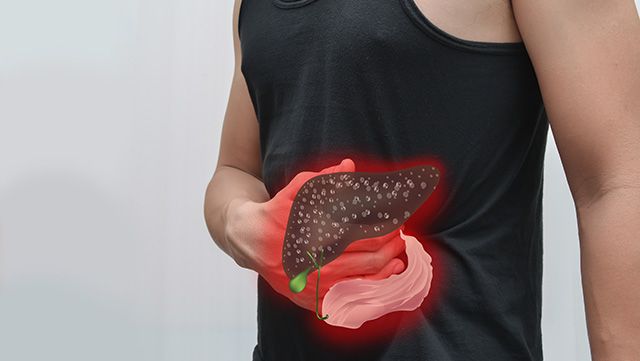Fatty Liver | What is Fatty Liver?
If your liver is healthy, there should be little or no fat in it. However, sometimes, fat molecules called triglycerides begin to collect in your liver cells. Small amounts of fat in your liver usually cause no problems. However, when too much fat builds up, this is called fatty liver disease.
There are two main types of fatty liver disease.
- Alcoholic liver disease, which is caused by drinking too much alcohol.
- Non-alcoholic fatty liver disease, which is caused by other conditions, such as diabetes or being overweight.
Fatty liver disease is becoming one of the most common types of liver disease and can sometimes lead to serious health problems. It’s now as common as alcohol as a cause of liver cirrhosis. Around one in three people are thought to have some degree of non-alcoholic fatty liver disease. Non-alcoholic fatty liver disease is more common in men than in women, and is more likely to be diagnosed in people with diabetes and those over 50.
Fatty liver disease can lead to an inflamed liver and scarring. This is called alcoholic hepatitis if it’s caused by drinking too much alcohol and non-alcoholic steatohepatitis (NASH) if it’s not related to alcohol. Both of these conditions can eventually lead to cirrhosis, which can be life-threatening. Fatty liver disease can also lead to liver cancer.
